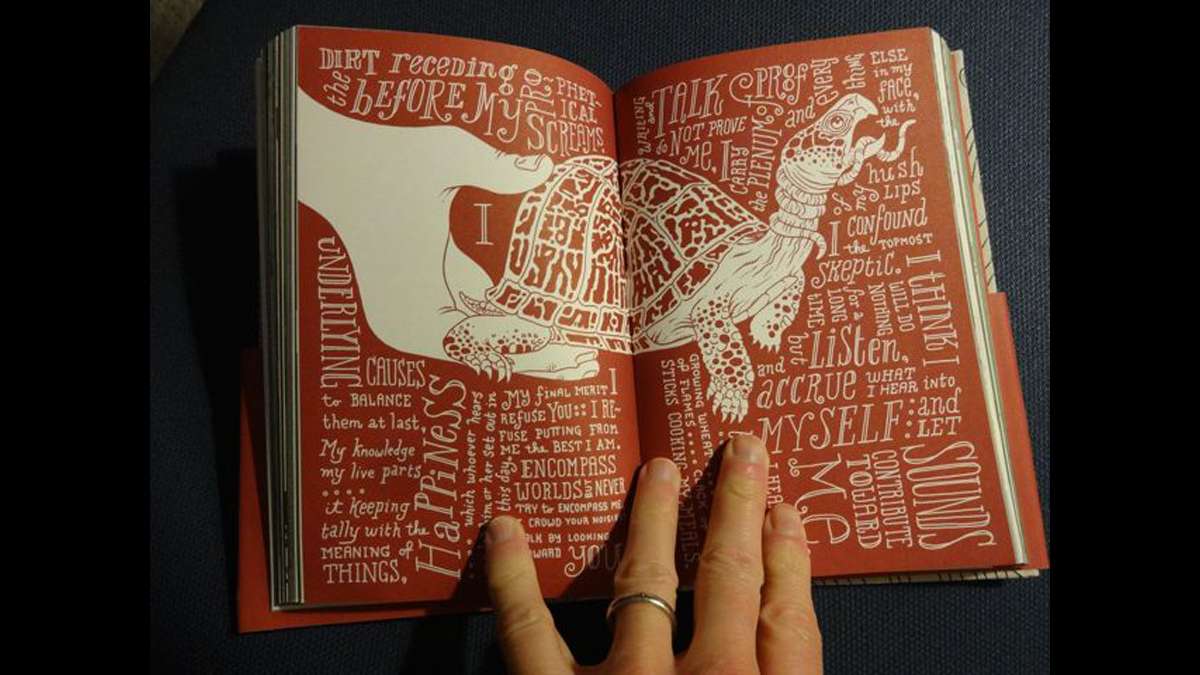Charter schools in New Jersey get way less than you think
The world is full of mysteries and one of them is the way that New Jersey funds charter schools. It should be straight math, right? Not so much. Charter schools, sadly, exist within a maelstrom of political posturing from all sides. Chief among those hazards are misconceptions about funding. So let’s demystify.
The history of school funding in N.J. is informed by a search for equity: all children, regardless of economic circumstance, are entitled to equally effective educational services. But, once upon a time (okay, until 1976) our school districts relied almost solely from revenue derived from local property tax levies, which meant that wealthier communities spent far more per student than poor communities. This reliance on local community wealth created unethical inequities within our public education system. A series of State Supreme Court cases, known as the Abbott rulings, tried to correct the vast funding inequities among socio-economically diverse districts by ordering that the state compensate tax-poor communities. Hence, N.J.’s state income tax, the great equalizer.
State aid now covers much of the school costs in poor communities (formerly known as Abbott districts), while richer districts are practically on their own, except for federal entitlement grants, special education aid, and facilities aid. In addition, NJ provides “adjustment aid,” which is supposed to protect districts from annual revenue swings.
Example: Wealthy Princeton Regional Schools (Mercer County) relies on local property taxes to cover 84 percent of its school costs. Hard-hit Trenton Public Schools, thirteen miles down Route 206, covers about 12.7 percent of its school costs through local taxes and the State picks up most of the rest. In the end, after adjusting for special needs, students in either district receive approximately the same resources, which are calculated as “cost per pupil.”
The average annual cost per pupil in N.J. is about $18,000.
When NJ students attend charter schools, NJ state law requires that local districts pay the charter directly for up to 90 percent of per pupil costs.
Here’s the statute:
“The school district of residence shall pay directly to the charter school for each student enrolled in the charter school who resides in the district an amount equal to the lower of either 90% of the program budget per pupil for the specific grade level in the district or 90% of the maximum T&E amount. The per pupil amount paid to the charter school shall not exceed the program budget per pupil for the specific grade level in the district in which the charter school is located. The district of residence shall also pay directly to the charter school any categorical aid attributed to the student, provided the student is receiving appropriate categorical services, and any federal funds attributed to the student.”
Easy enough. If a family in Trenton (or Princeton, for that matter) chooses to enroll a child in a charter school then the district pays up to 90 percent of the allocated per pupil cost, plus any entitlement awards. The district keeps 10 percent to cover administrative costs and transportation. Not so mysterious.
But here’s the rub: it’s hard to find a charter school in NJ that actually gets that 90 percent. In addition, charter schools receive no facilities aid or adjustment aid which, in one form or another, is available to all N.J. school districts.
According to a 2007 report from Ball State University entitled “Charter School Funding: Inequities Persist,” almost all charter schools in N.J. received less than 90 percent of per pupil aid. The average was 70 percent. According to a 2010 report from the National Alliance for Public Charter Schools (NAPCS), the average N.J. charter school received 65 percent of the cost per pupil: “New Jersey charter schools were receiving on average $12,908 per pupil, while traditional public schools would have received $19,782 for those students. As a result, the state’s charters are getting 35 percent less than traditional schools.”
NAPCS also publishes an annual report card of all state charter school laws. Under the category “Equitable Operational Funding and Equal Access to All State and Federal Categorical Funding,” N.J. received 4 out of 16 points. Here’s a piece of the commentary:
“the state’s charter schools were receiving $6,874 per pupil — or 34.7 percent — less than what the traditional public schools would have received for these students. This figure includes all sources of funding, and analysis reveals significant inequities for both operational and capital funding.”
Again, it’s not so mysterious. Funding inequities can be fixed through regulatory or legislative action that offers facilities aid or adjustment aid to charter schools. But education politics render our legislators flaccid and N.J. has yet to see a proposed charter school law that doesn’t pander to N.J.’s anti-charter fervor.
Meantime, the children in public charter schools make do with less. Maybe it’s time for another Supreme Court challenge.
___________________________________________
Laura Waters is president of the Lawrence Township School Board in Mercer County. She also writes about New Jersey’s public education on her blog NJ Left Behind. Follow her on Twitter @NJLeftbehind.
WHYY is your source for fact-based, in-depth journalism and information. As a nonprofit organization, we rely on financial support from readers like you. Please give today.










